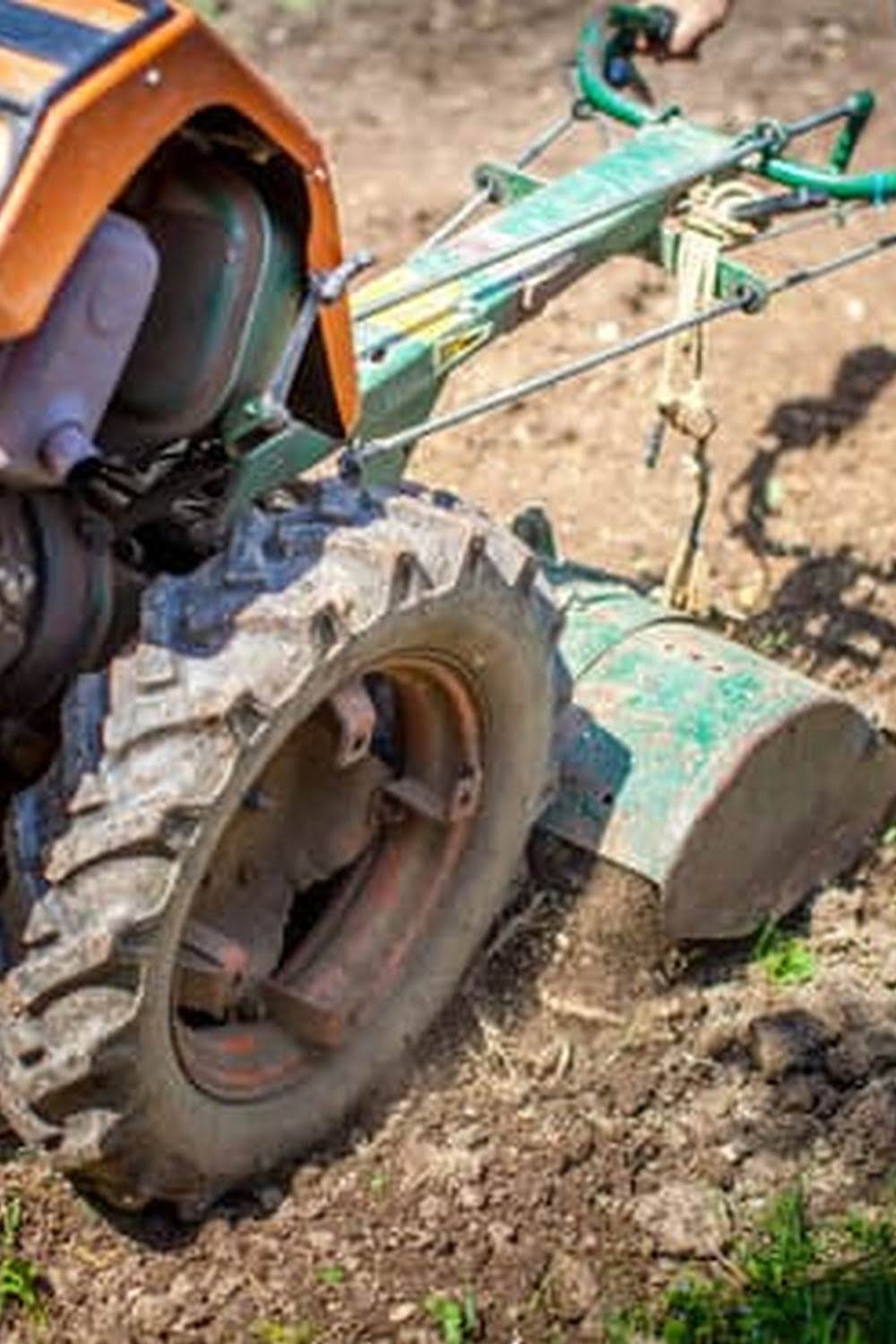Raised Bed Vegetable Garden Stone
Walls
The soil in a raised bed vegetable garden is loose and easy to work, and it warms up early in the spring, which means you can get a jump on the growing season. But there’s another big advantage to raised bed gardens: they look great! One way to create a raised bed garden is to use stone walls.
Stone walls are not only attractive, but they’re also very sturdy. They can easily hold up the weight of soil and plants. And, because they’re made of natural materials, they add a touch of rusticity to your garden.
If you’re thinking of building a raised bed vegetable garden, stone walls are a great option. Here are a few tips on how to go about it:
1. Choose the right stones. You’ll want to use stones that are strong and durable, like granite or limestone.Avoid using soft stones like sandstone, which can easily crumble.
2. Build the wall in stages. It’s easier to build a stone wall in stages, rather than trying to build it all at once. Start by laying out the foundation of the wall, and then add the next layer of stones.
3. Use mortar. To keep the stones in place, use mortar to hold them together. Make sure to use a mortar that’s compatible with the type of stone you’re using.
4. Add a capstone. A capstone is a large, flat stone that sits at the top of the wall. It helps to hold the wall together and prevents the stones from falling off.
5. Use a level. Make sure the stones are level as you build the wall. This will ensure that the wall is stable and looks neat and tidy.
Building a stone wall is a great way to create a raised bed vegetable garden. It’s a challenging project, but it’s worth the effort. Not only will you have a beautiful garden, but you’ll also have a garden that’s built to last.
How To Start A Vegetable Garden In A Raised Bed
A vegetable garden is a great way to get fresh, nutritious produce right in your backyard. But if you don’t have a lot of space, starting a vegetable garden in a raised bed can be a great option.
Here are a few tips on how to start a vegetable garden in a raised bed:
1. Choose a sunny spot.
A vegetable garden needs at least six hours of sunlight each day. So choose a spot in your backyard that gets plenty of sun.
2. Size matters.
When choosing a raised bed, make sure to pick one that is at least 4×4 feet. This will give you enough space to grow a variety of vegetables.
3. Prep the bed.
Before you start planting, you’ll need to prep the bed. Remove any weeds or debris and mix in some organic matter, like compost or manure. This will help to improve the soil quality and help your vegetables grow big and strong.
4. Plant your vegetables.
Once the bed is prepped, it’s time to start planting. Choose vegetables that grow well in your climate and soil type. Be sure to read the labels on your vegetable seeds to make sure they are suited for your area.
5. Water and fertilize.
Vegetables need plenty of water and nutrients to grow big and strong. Be sure to water your garden regularly and fertilize it every few weeks with a balanced fertilizer.
With a little bit of care and attention, you can have a thriving vegetable garden in a raised bed right in your backyard.
Unusual Layout For A Vegetable Garden In Raised Bed
So you want to plant a vegetable garden, but you’re not sure how to go about it? You’ve heard that a vegetable garden should be planted in a raised bed, but you’re not sure what that means or how to do it. You’re also not sure if you should plant your vegetables in rows or in clusters.
Don’t worry, you’re not alone. Many people are unsure of how to plant a vegetable garden. The good news is that it’s not difficult, and once you get the hang of it, you’ll be able to plant a beautiful and bountiful garden in no time.
The first thing you need to do is decide what kind of raised bed you want to use. There are many types of raised beds available, from simple wooden boxes to elaborate stone or brick structures. The type of raised bed you choose is up to you, but remember that the bigger the bed, the more vegetables you’ll be able to grow.
Once you’ve chosen a raised bed, it’s time to start planting. The first thing you need to do is decide what vegetables you want to grow. Not all vegetables grow well in a raised bed, so be sure to do your research before you plant. Some of the best vegetables to grow in a raised bed include tomatoes, peppers, cucumbers, lettuce, and spinach.
Once you’ve chosen your vegetables, it’s time to start planting. Most vegetables should be planted in rows, with space between each row for walking and for weeding. Be sure to read the instructions that come with your plants, as some vegetables have specific planting instructions.
When planting in a raised bed, it’s important to use good soil. You can buy soil from a garden center, or you can make your own by mixing compost and soil together. Be sure to use a good quality compost, as this will help your vegetables grow big and healthy.
Once your soil is ready, it’s time to start planting. Dig a hole in the soil for each plant, and be sure to follow the planting instructions that come with your plants. Once your plants are in the ground, be sure to water them well.
Congratulations, you’ve just planted your first vegetable garden! Now all you have to do is wait for your vegetables to grow.
Wooden Raised Vegetable Garden Bed
Kits for sale
Are you looking for a way to grow your own vegetables? Do you lack the space to do so? A raised vegetable garden bed may be the perfect solution for you! Raised garden beds are a great way to grow vegetables, herbs, and flowers. They are also a great way to improve the appearance of your home or garden.
There are many different types of raised garden beds available for sale. Some are made of wood, while others are made of plastic or metal. Some are simple squares or rectangles, while others are more elaborate shapes.
When choosing a raised garden bed, it is important to consider the size of the bed. It is also important to consider the type of soil that is available in your area. If you have poor soil, you may want to choose a raised garden bed that is made of a material that is not porous, such as plastic. If you have good soil, you may want to choose a raised garden bed that is made of a material that is porous, such as wood.
Wooden raised vegetable garden bed kits are a great way to grow your own vegetables. These kits come with everything you need to get started, including a raised garden bed, soil, and seeds. They are also easy to assemble.
When choosing a wooden raised vegetable garden bed kit, it is important to consider the size of the bed. It is also important to consider the type of wood that is used to make the bed. Some types of wood are more durable than others.
If you are looking for a way to grow your own vegetables, a raised vegetable garden bed may be the perfect solution for you!
Designing A Raised Bed Vegetable Garden
When most people think of vegetable gardens, they think of a plot of land in the back yard that’s been tilled and planted with rows of vegetables. While this type of garden is still a popular option, many people are now choosing to design their vegetable gardens as raised beds.
There are many benefits to designing a raised bed vegetable garden. For one, raised bed gardens are easier to maintain than traditional gardens. The soil in a raised bed garden is loose and well-draining, which means that weeds are less likely to take hold. Additionally, the soil in a raised bed is warmer than the soil in a traditional garden, which can be beneficial for plants that prefer warmer temperatures.
Another advantage of raised bed gardens is that they can be customized to fit the needs of the gardener. For example, if you are looking for a garden that is low-maintenance, you can choose to build a raised bed garden that is filled with organic soil and compost. If you are looking for a garden that is high-yield, you can choose to build a raised bed garden that is filled with nutrient-rich soil.
When designing a raised bed vegetable garden, it is important to keep the following things in mind:
1. Size: When designing a raised bed garden, it is important to keep in mind the size of the bed. The standard size for a raised bed garden is 4 x 8 feet, but you can make the bed as large or as small as you like.
2. Shape: Raised bed gardens can be square, rectangular, or even circular. Keep in mind the shape of the bed when selecting plants to grow in it.
3. Soil: The type of soil that you use in a raised bed garden is important. Be sure to use a soil that is light and well-draining. You can buy soil specifically for raised bed gardens, or you can mix your own soil using compost and organic matter.
4. Location: When choosing a location for your raised bed garden, be sure to consider the amount of sunlight that the bed will receive. Raised bed gardens should receive at least six hours of sunlight per day.
5. Structure: Raised bed gardens can be made from a variety of materials, including wood, plastic, or stone. When selecting a material, keep in mind the cost, the weight of the material, and the amount of maintenance that the material will require.
If you are considering designing a raised bed vegetable garden, be sure to consult a local garden center for advice on the best plants to grow in your area.

If you’re looking to get into vegetable gardening, or are just looking for some tips on how to make your current garden better, then you’ve come to the right place! My name is Ethel and I have been gardening for years. In this blog, I’m going to share with you some of my best tips on how to create a successful vegetable garden.





